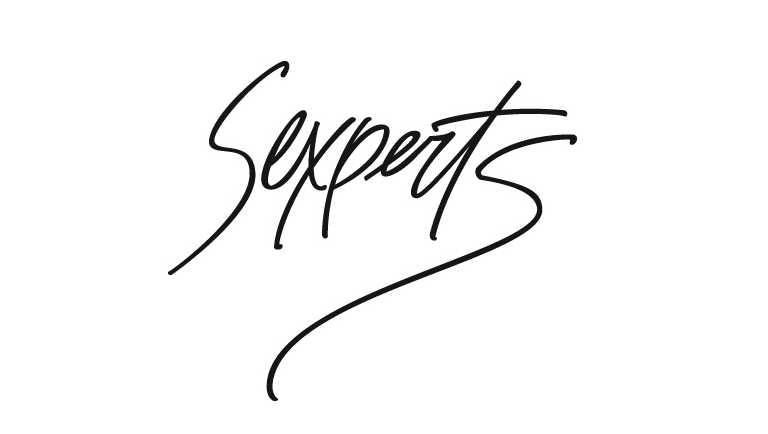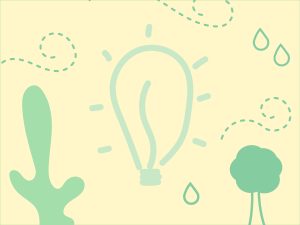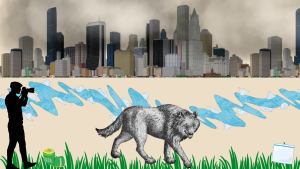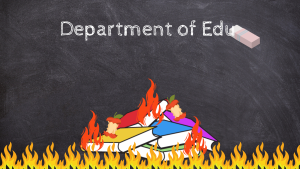The media bombards us with depictions of gays and lesbians every day, making it hard to separate the real from the ridiculous.
From pansies to lipsticks to queens to jocks, there are a million stereotypes that overwhelmingly shape the relationships between gay and lesbian partners. And if you are reading that first sentence and thinking that because you’re straight, this article won’t affect you, you are dead wrong. Keep reading, heteros.
We often enter relationships with certain partners based on a society based need. For example, some people have the rule of never dating two levels above or below in terms of looks. That is, if you’re a 7, you will only date as high as a 9 and as low as a 5. This has nothing to do with the personality or chemistry one may experience with a date, but has everything to do with how the relationship is perceived through society’s eyes.
For gay and lesbian partners, societal expectations as well as stereotypes—especially those generated as homophobic slurs—are ever present. Thus this Sexpert asks, “How does this combination of rules and labels affect gay relationships?” With an arsenal of both gay and straight friends, I set out to find an answer to this question.
Who’s the “man” in your relationship? I think every gay cringes when a straight person asks this question. Besides the fact that it is always asked by a seriously ignorant individual, it is entirely disrespectful to the person it is asked of.
However, this is a perfect example of how societal expectations warp gay relationships. Perhaps in a way to “normalize” homosexuality, assigning gender roles makes straight people feel more comfortable. However, it is how these gender roles are assigned that is of interest.
The “who’s the man” question was recently posed to me while I was at work by a straight female coworker, Nancy, while standing near a gay coworker, Stuart. To Nancy, the qualities defined by “the man” are based on sexual position, which is the dominating role in sex for “the male” and the receiving role for “the female.” However, Stuart told her that he practices both roles, a concept Nancy didn’t seem to understand. If sexual position is not declarative, then how does one classify gender roles?
Interestingly, the concept of assigning gender roles in gay relationships is not restricted to heterosexuals. Gays do it too. Sean, a friend and Rollins student, is always on the hunt for the perfect “man.” He defines this role as someone who meets a masculine gender role by wearing a suit to work each day and collecting a large paycheck to support himself and his boyfriend. According to Sean, the perfect man is 6’2”, built and has well-defined facial features. Of course, Sean sees himself as being the perfect “girl” for his “strong man.”
Sean’s adherence to traditional masculine characteristics when looking for a partner is another way to define gender roles. However, this is just as silly as qualifying it by sexual position. The truth is there is no need to assign gender roles, because this is a ridiculous fulfillment of a social stigma. Perhaps when we begin to look at gay and lesbian relationships as simply two men or two women who are in love, society will become more comfortable with them.
Oh, he’s such a (fill in stereotype here). Step into a gay bar on any given night and you will be able to find every stereotype that exists for gay people. From twinks (skinny, feminine, younger men) to bears (burly, hairy, older guys) to jocks (toned and masculine; usually arrogant) to queens (older, flamboyant gay men) to guys on the DL (look straight, claim straight, sleep with guys) to bitter lesbos (usually have short hair and a gay friend sidekick) to lipsticks (a lesbian who wears make- up; shocker) to party girls (they will sleep with any gender), they are all present and accounted for. The saddest part of these stereotypes is not their existence, but the lengths people go to in order to fulfill a stereotype.
Perhaps when we begin to look at gay and lesbian relationships as simply two men or two women who are in love, society will become more comfortable with them.
For example, my friend Richard was skinny all throughout high school. Of course, most people would have classified him as a “twink,” but Richard would never accept this. In an effort to change his stereotype, Rich started working out five times a week and bulked up so he would be looked at as a “jock.” He solidified this transformation by wearing clothes from sport-affiliated labels and throwing out all of his Abercrombie and Fitch or other name-brand clothes. Rich was finally a “jock.”
Of course, stereotypes affect relationships as well. For example, Sean usually searches for “jocks” with serious jobs. Margaret, a lesbian I have known for years, is always interested in “lipsticks.” Gays seek out their ideal mate based on a social classification. Surely other factors go into finding a lover, but first and foremost are settling on one’s preferred stereotype.
Stereotypes and social stigmas qualify and classify gay relationships. Whether it is for the comfort of heterosexual society, or a system gays and lesbians have simply bought into, the manipulation is occurring. Thus, as young adults we must set a precedent away from stereotyping and using gender role classifications to simply understand the driving force behind all relationships, gay or straight: love.












Be First to Comment